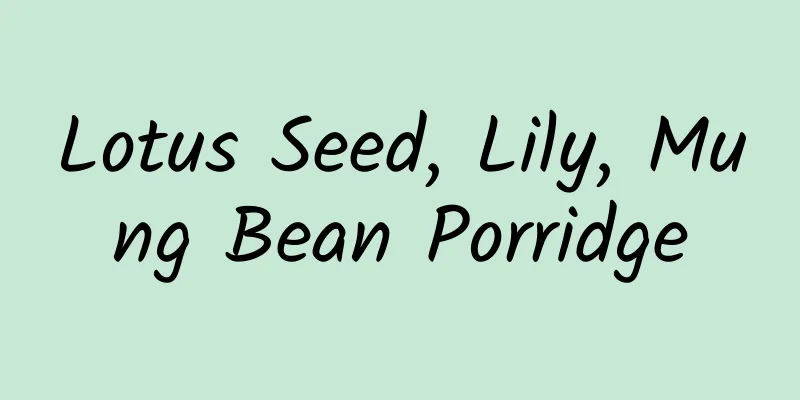Pathogen and control methods of loofah ring spot disease

|
Here is a detailed introduction to loofah ring spot disease and how to better prevent it: LoofahThe scientific name is Luffa cylindrica (L.) Roem. The synonym is L.aculangula (L.) Roxb. It is an annual climbing herbaceous plant of the Cucurbitaceae family. The melon peel can be used as medicine. In addition, the leaves, vines, roots and seeds can also be used as medicine. It has the effects of clearing away heat and detoxification, promoting blood circulation and unblocking meridians, promoting diuresis and reducing swelling, and relieving cough and reducing phlegm. It is distributed throughout the country. symptomIt mainly harms leaves. The diseased part initially appears as water-soaked brown spots with wavy edges. Several waves form concentric rings. The area around the spots turns green or yellow areas appear. When the humidity is high, dirty gray hyphae appear on the surface, which later turns into olive green. Sometimes small black dots can be seen on the spots, which are the conidiophores of the pathogen. pathogenDip10dia natalensis Pole-Evans is also called Diplodia natalensis or Diplodia natalensis, belonging to the subphylum Ascomycota. The conidiophores are pear-shaped or oblate, black, smooth, and 290-522 μm in size; the conidiophores are cylindrical, unbranched, colorless, and 8.4-19×2.8-5.6 (μm) in size; the conidia are brown when mature, oblong, bicellular, with longitudinal stripes on the surface, and 21-29.4×11.9-15.4 (μm) in size. In the past, the fungus mainly infected citrus, apple, pear, hevea, tea and other plants, causing fruit rot and branch blight. Now it is found that the fungus can infect loofah and cause ring spot disease. Transmission route and disease conditions The pathogen overwinters in the form of mycelium and pycnidia on diseased remains. When conditions are suitable the following year, conidia are released from the pycnidia and spread in the field through wind and rain. In the southern citrus growing areas, the pathogen can spread from citrus orchards to vegetable fields, and the spores can invade from leaves after germination. The disease is more likely to occur when the temperature is 27-29℃, the humidity is high, or there are large changes in dryness, wetness, coldness and heat. Prevention and treatment methods(1) Choose moisture-tolerant and disease-resistant varieties. (2) Select high-dryness land for planting, apply compost fermented with Japanese enzyme bacteria, strengthen field management, and improve disease resistance. (3) Pay attention to timely prevention and control of melon-guarding and stink bug pests to prevent them from invading through wounds. (4) Drain water promptly after rain to prevent moisture retention. (5) At the early stage of the disease, spray 300 times of 30% basic copper sulfate suspension or 500 times of 36% methyl thiophanate suspension plus 1000 times of 75% thiophanate-methyl wettable powder or 1500 times of 50% benomyl wettable powder. Spray 60-70L of the correct solution per 667m2, once every 7-10 days, and control 2-3 times in succession. Stop using the drug 7 days before harvest. |
<<: What is the nutritional value of loofah
>>: How to make loofah delicious?
Recommend
How is the Asian Institute of Technology? Asian Institute of Technology reviews and website information
What is the website of Asian Institute of Technolo...
Potato juice benefits and side effects
Everyone knows that cucumbers are a great natural...
The efficacy and function of geranium
Geranium, also known as hydrangea or geranium, is...
Bear Bile Powder Shelf Life Issues
Bear bile powder, as the name suggests, is obtain...
The efficacy and function of grape juice
Grapes are a very delicious fruit. They have a th...
How to eat black plums? How to eat black plums?
Black plum is a kind of fruit plum. Most of the b...
How is the Consulate General of Belgium in Shanghai? Reviews and website information of the Consulate General of Belgium in Shanghai
What is the website of the Consulate General of Be...
The efficacy and function of camellia hydrosol
In recent years, camellia hydrosol has also been ...
Should winter melon be peeled? Should winter melon be peeled?
Winter melon is the most common melon vegetable i...
What to do about chronic pharyngitis? Diet therapy for chronic pharyngitis
Chronic pharyngitis is a common disease in winter...
What is Natto? The role of Natto
Have you heard of natto? Most people may be unfam...
The efficacy and function of cat thorn The medicinal value of cat thorn
Cat's thorn is a beautiful ornamental plant. ...
Medicinal value of kiwi fruit
Everyone knows that kiwi is a delicious fruit, bu...
The efficacy and function of sago and the taboos of sago consumption
Sago is the main ingredient for making sago dew. ...
The effects and functions of eating bananas
Banana is a very common fruit. Many people like t...









